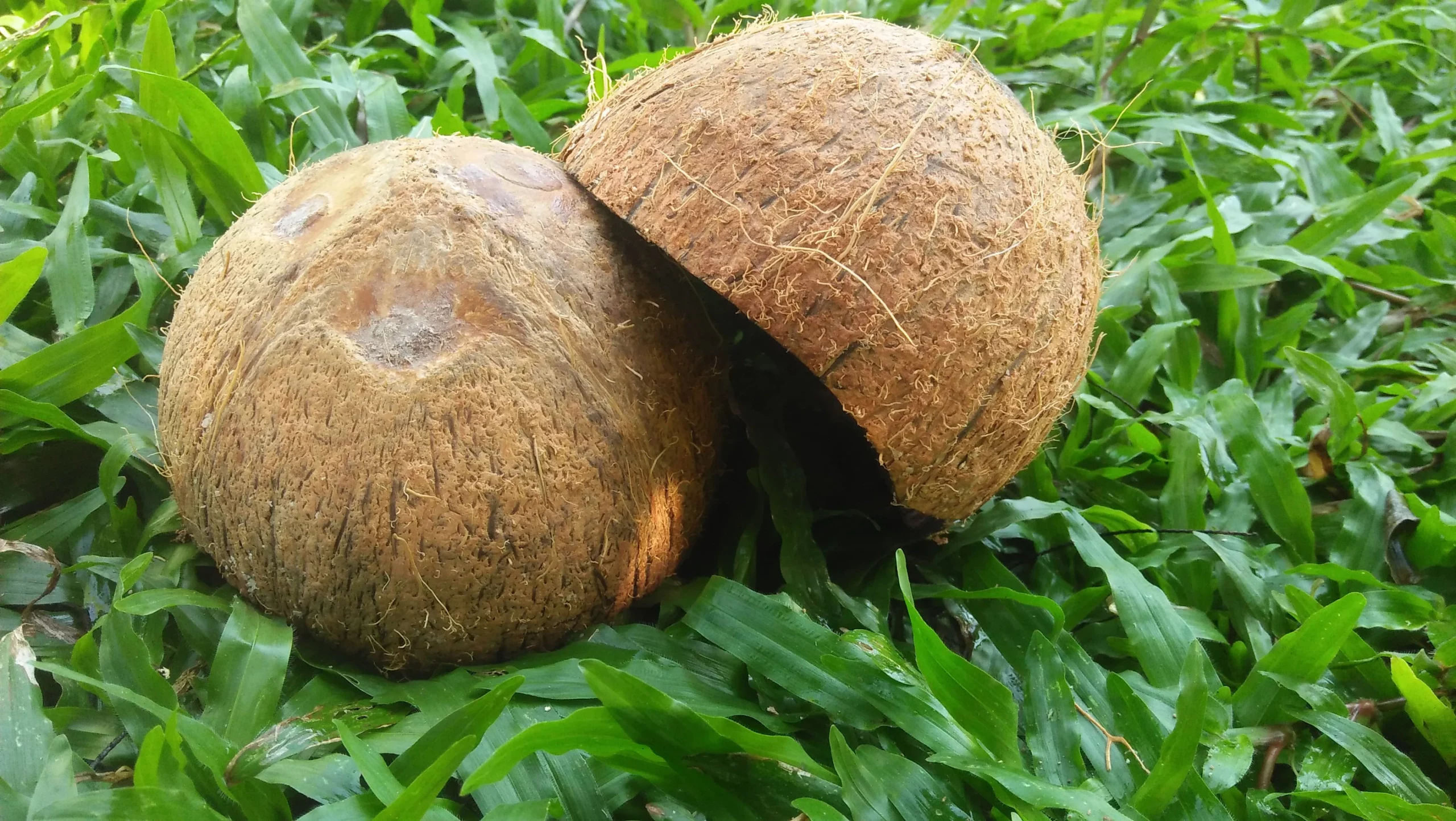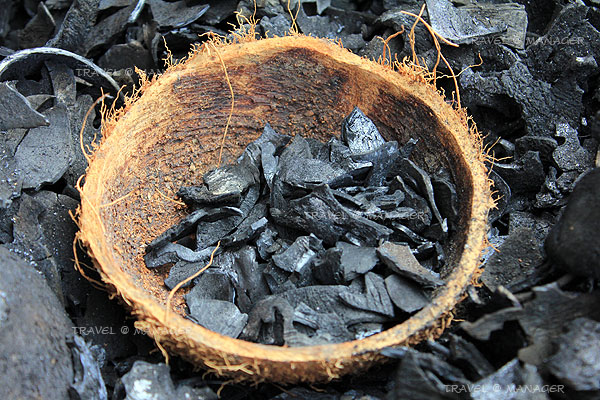The global pursuit of renewable energy sources has led to innovative approaches in biomass utilization. Coconut shells, often considered waste, possess significant potential as a sustainable energy resource. Through pyrolysis, a thermochemical process, coconut shells can be converted into charcoal, a high-energy fuel with diverse applications. This comprehensive guide explores the principles, processes, benefits, and applications of coconut shell charcoal making machine through pyrolysis for renewable energy fuel.

Understanding Coconut Shell Biomass:
Coconut shells are the hard, fibrous outer layer of coconuts, primarily used as a byproduct in coconut processing industries. With approximately 20 million tons of coconut shells generated annually worldwide, their disposal presents both environmental and economic challenges. However, coconut shells contain high levels of carbon and lignin, making them ideal feedstock for bioenergy production.
Pyrolysis: The Conversion Process:
Pyrolysis is a thermochemical decomposition process that involves heating biomass in the absence of oxygen to produce biochar, bio-oil, and syngas in the biochar pyrolysis reactor. The process typically consists of three stages:
Drying: Moisture present in the coconut shells is removed through heating, typically at temperatures between 100°C and 200°C.
Pyrolysis: The dried coconut shells undergo further heating in an oxygen-deprived environment, typically between 300°C and 800°C, causing thermal decomposition.
Product Recovery: The resulting products of pyrolysis include biochar (solid carbonaceous residue), bio-oil (liquid), and syngas (gaseous mixture of carbon monoxide, hydrogen, and methane).
Coconut Shell to Charcoal Production:
To produce charcoal from coconut shells through pyrolysis, the following steps are typically followed:
Raw Material Preparation: Coconut shells are collected, cleaned, and crushed into uniform-sized particles to ensure efficient pyrolysis.
Pyrolysis Reactor Setup: The crushed coconut shells are loaded into a pyrolysis reactor, which is then heated in the absence of oxygen to initiate thermal decomposition.
Temperature Control: The reactor temperature is carefully controlled to optimize charcoal yield and quality, typically ranging between 400°C and 600°C.
Cooling and Collection: The resulting charcoal is cooled and collected for further processing or immediate use as a renewable energy fuel.

Benefits of Coconut Shell Charcoal:
The production of charcoal from coconut shells via pyrolysis offers several benefits:
Renewable Energy Source: Coconut shell charcoal provides a sustainable alternative to fossil fuels, reducing reliance on non-renewable resources.
Waste Utilization: By converting coconut shells into charcoal, a valuable resource is derived from a waste product, promoting environmental sustainability and waste management.
High Energy Content: Coconut shell charcoal has a high carbon content and calorific value, making it an efficient and cost-effective fuel for various applications.
Carbon Sequestration: Biochar produced during pyrolysis can be used as a soil amendment, enhancing soil fertility and sequestering carbon dioxide from the atmosphere.
Economic Opportunities: Charcoal production from coconut shells creates income-generating opportunities for communities in coconut-producing regions, contributing to local economies.
Applications of Coconut Shell Charcoal:
Coconut shell charcoal produced through pyrolysis finds diverse applications in various industries:
Household Cooking: Coconut shell charcoal is widely used as a cooking fuel in households, providing a clean and efficient alternative to traditional biomass fuels.
Industrial Heating: Charcoal derived from coconut shells serves as a heat source in industrial processes such as metal smelting, brick kilns, and drying applications.
Water Purification: Activated charcoal derived from coconut shells is used in water purification systems to remove impurities and contaminants. View the biochar machine manufacturer.
Agriculture: Biochar produced from coconut shells can enhance soil fertility, improve water retention, and promote plant growth in agricultural applications.
Barbecue and Grilling: Coconut shell charcoal briquettes are popular for outdoor cooking and grilling due to their long burn time, low smoke emission, and pleasant aroma.
Challenges and Considerations:
While coconut shell to charcoal production through pyrolysis offers numerous benefits, there are also challenges and considerations to address:
Feedstock Supply: Ensuring a consistent and sufficient supply of coconut shells for charcoal production may be challenging, particularly in regions where coconut processing industries are limited.
Technology and Infrastructure: The adoption of pyrolysis technology requires appropriate infrastructure, equipment, and technical expertise, which may pose barriers to implementation in some areas.
Environmental Impact: While charcoal production from coconut shells is relatively environmentally friendly, proper waste management practices must be implemented to minimize emissions and ensure sustainability.
Market Demand: The market demand for coconut shell charcoal products may fluctuate, requiring strategic planning and diversification of applications to maintain economic viability.
Conclusion:
Coconut shell to charcoal production through pyrolysis offers a sustainable solution for renewable energy generation, waste utilization, and environmental stewardship. By harnessing the potential of coconut shells as a biomass feedstock, communities can reduce reliance on fossil fuels, mitigate environmental pollution, and create economic opportunities. With ongoing research, technological advancements, and supportive policies, coconut shell charcoal production can play a significant role in the transition towards a cleaner and more sustainable energy future.
